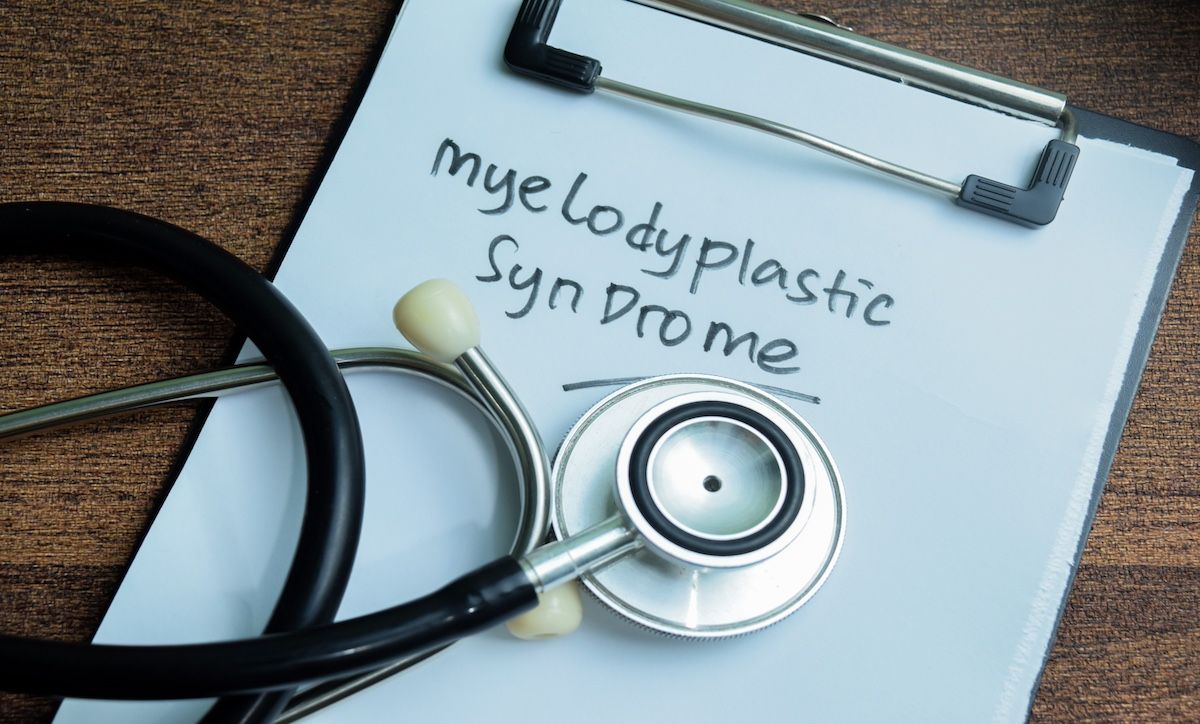Article
Patient-Physician Discordance Associated With Lack of RA Clinical Remission
Author(s):
Among patients with rheumatoid arthritis (RA) in clinical remission, patient-physician discordance when assessing disease activity may be associated with the inability to achieve remission.
When patients with rheumatoid arthritis (RA) and their physicians cannot make collaborative decisions, patients were less likely to achieve remission of RA, according to a post hoc analysis published in Rheumatology.
According to the authors, this may be due to persistence of signs of synovitis and, less so, tenosynovitis.
Recommendations by the European Alliance of Associations for Rheumatology (EULAR) have said sustained remission should be the end goal of RA treatment and that it should be based on shared decision-making between the patient and rheumatologist.
“In RA, as in other rheumatic diseases, shared decision-making is recommended, since a collaborative approach between the patient and physician can increase treatment adherence and may improve the final outcomes,” the study authors said, noting that patients don’t always share the same opinions as their physicians. “In particular, a high prevalence of discordance between patients and their rheumatologists in the assessment of disease activity has been reported in several RA cohorts.”
To understand the association between patient-physician discordance when assessing RA disease activity and residual ultrasound synovitis and tenosynovitis, the authors conducted a post hoc analysis of the Sonographic Tenosynovitis/Arthritis Assessment in Rheumatoid Arthritis Patients in Remission (STARTER) study.
This analysis included data from 361 consecutive patients with RA in clinical remission. The mean (SD) age at enrollment was 56.2 (13.3) years and the mean disease duration was 9.8 (8.1) years. Most (72.3%) patients were women.
Disease activity was categorized as patient global assessment (PGA) and evaluator/physician global assessment (EGA) and was measured on a 100-mm visual analogue scale.
Discordance was defined as positive (PGA > EGA) or negative (PGA < EGA) using a cut-off SD of ±10 mm. The authors used a logistic regression analysis to measure the associations of discordance with grey-scale (GS) and power Doppler (PD) synovitis (S) and tenosynovitis (T) scores.
The review authors found a mean PGA score of 6.1 (7.1) mm and EGA score of 8.8 (12) mm, with a median (IQR) absolute difference of 4 (0-10) mm. Positive discordance was recorded in 38 (10.8%) patients with RA in clinical remission, and negative discordance was recorded in 65 (18.0%) patients.
Additionally, GS-S and PD-S scores were associated with both positive and negative discordance, and GS-T was associated with only negative discordance.
When evaluating how PGA-EGA discordance could predict RA disease flares, the authors found that at the 6- and 12-month follow-up visits, 39 (10.8%) and 53 (14.7%) patients, respectively, presented at least 1 flare.
According to the authors, neither positive nor negative discordance significantly predicted flare occurrence. However, both types of discordance were independently associated with a higher grade of ultrasound synovitis and, to a lesser degree, tenosynovitis.
“This suggests that the presence of a residual degree of disease activity, differently and alternatively recognized by patients and their physicians, could be at the basis of the PGA-EGA discrepancy, especially in patents classified as in remission according with less stringent definitions,” the authors said. “In addition, the recruitment of a homogeneous cohort of patients in clinical remission may have been one of the main reasons for recording this association in our analysis but not in previous studies recruiting patients with variable clinical disease activity.”
They noted that only RA disease activity in the hands was assessed in this STARTER study analysis, which excludes other types of RA and different levels of impairment, and serves as a major limitation.
“Pending further research to validate our results, the occurrence of patient-physician discordance in the assessment of the disease activity state may represent an appropriate indication for performing [musculoskeletal ultrasound] in the follow-up of RA patients in clinical remission,” they concluded.
Reference
Floris A, Rozza D, Zanetti A, et al; STARTER investigators. Musculoskeletal ultrasound may narrow the gap between patients and physicians in the assessment of rheumatoid arthritis disease activity. Rheumatology. Published online April 28, 2022. doi:10.1093/rheumatology/keac255





